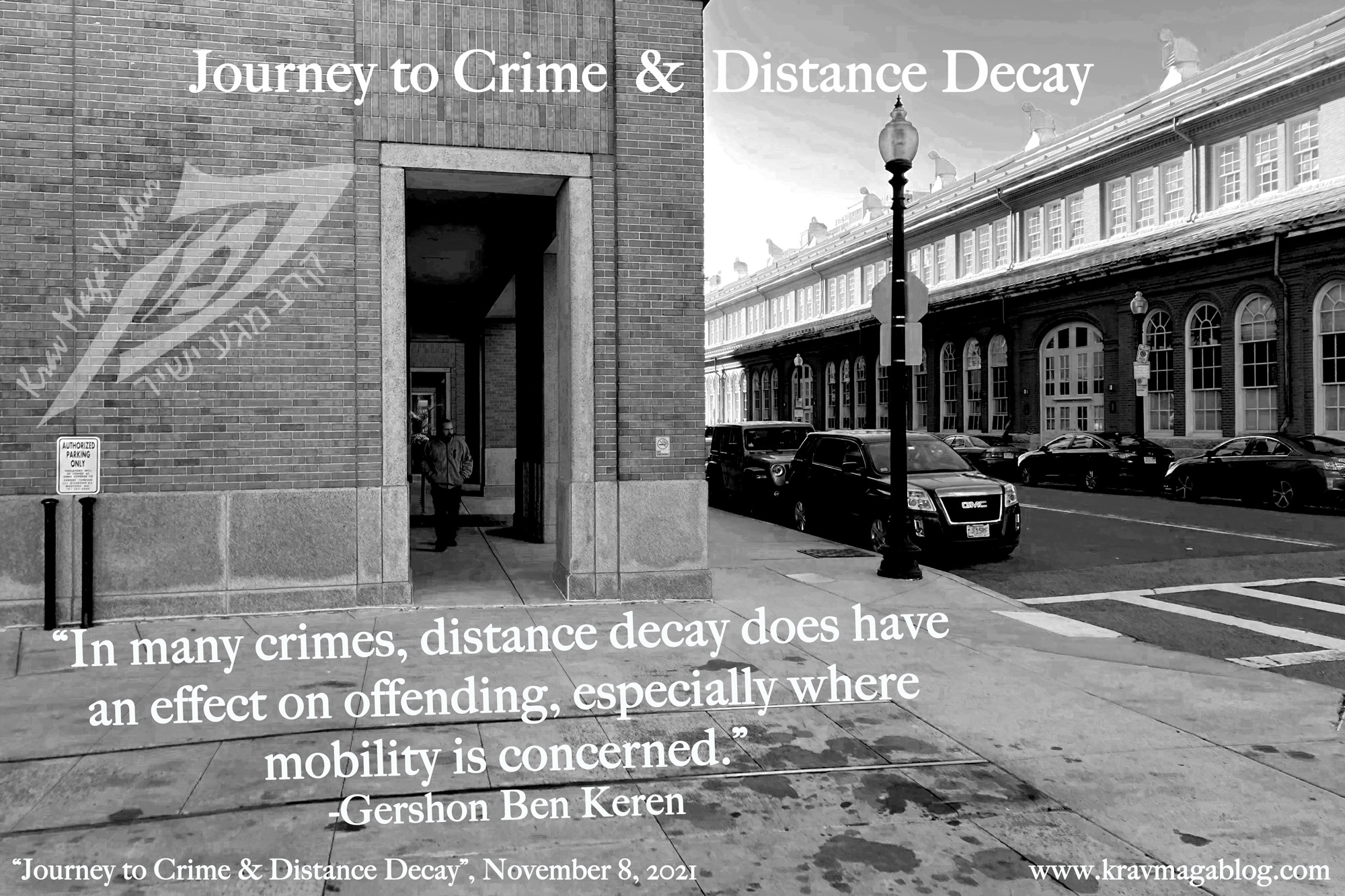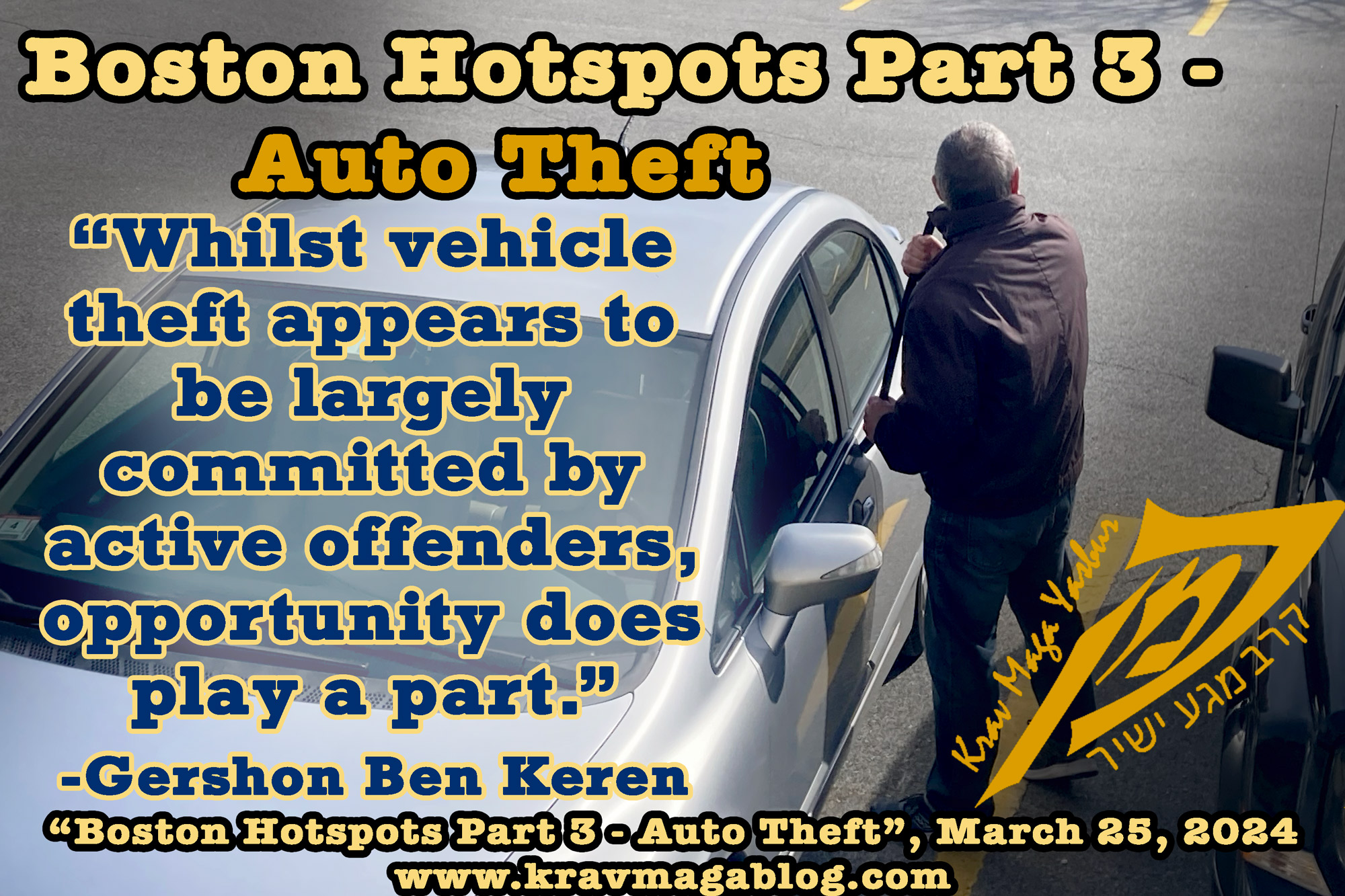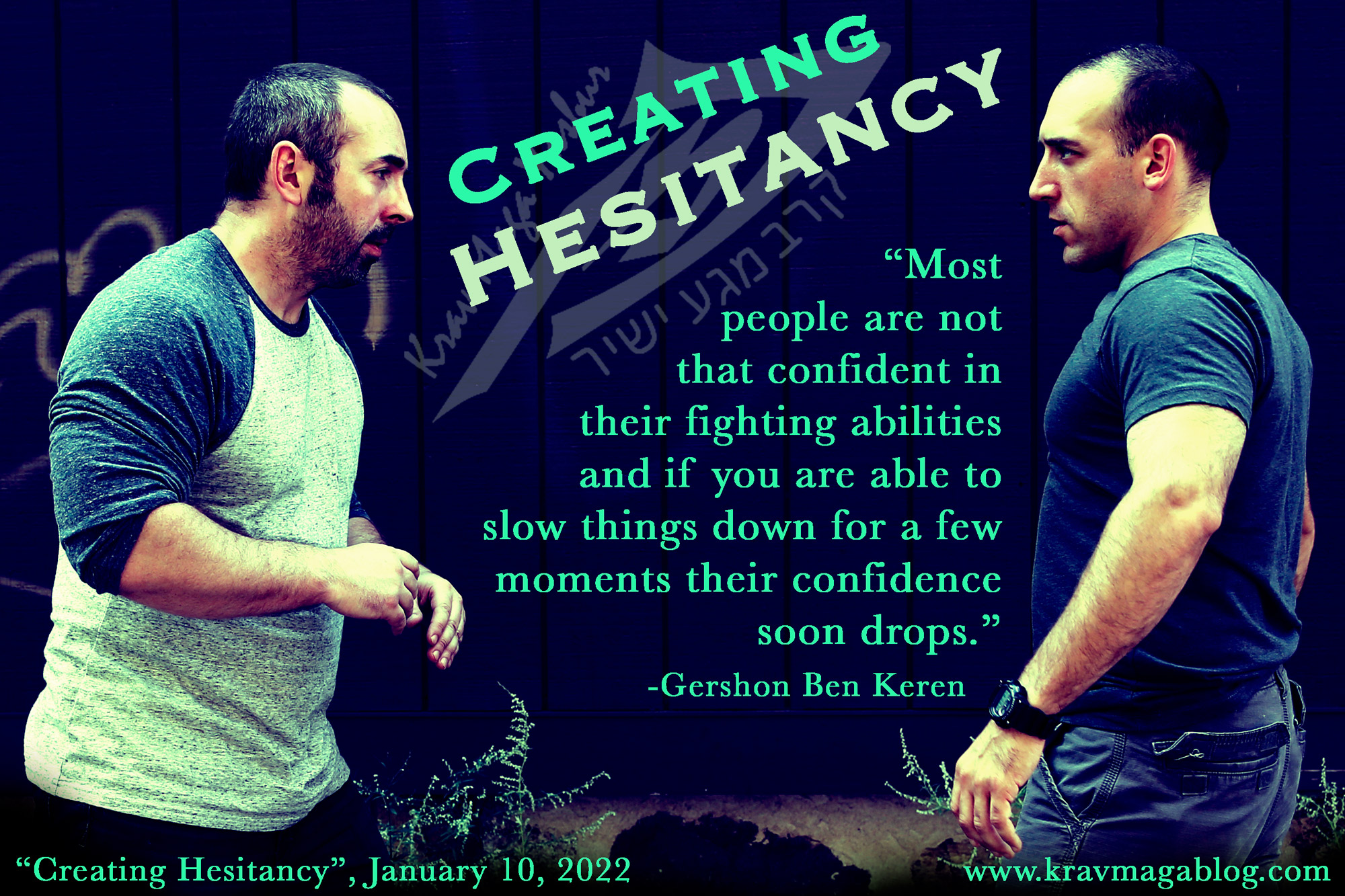Removing Heads From Sand, is an article written by Gershon Ben Keren, a 5th Degree Black Belt in Krav Maga, who teaches Krav Maga in Boston, MA. He has also authored three Amazon best-Selling Books on Krav Maga.
Last week's blog focused on Workplace Violence and how potentially violent employees, don't get picked up on and identified by employers during the interview phase. A large part of this is down to the fact that in an interview the employer is looking at the candidates suitability and eligibility to perform the tasks and responsibilities that would be given to them as part of the job, not whether they are likely to be aggressive and violent towards other employees - this is doubly difficult when aggressive/violent people know how to hide or justify their previous actions and behaviors. At base, the issue is one of awareness; knowing what to look for and recognizing when you see it - even if it is disguised and hidden.
This week I had a conversation about somebody's father who had grown up in a rough neighborhood, had become successful, and had ended up losing his street smarts and savvy as due to becoming more accustomed to his new lifestyle of success - after a particular incident these skills were rediscovered and reinstated. Most of us, reading this, have probably been fortunate enough not to have to learn what violence looks like firsthand, and if we're honest about it recognize that this puts us at a disadvantage. Our education into violence, isn't firsthand, and so we don't actually know what to look for in our environment, or what is significant when trying to identify potential acts of violence.
For many of us we are like the employer, who is looking to fulfill certain objectives. When we go to the supermarket to shop we are looking to get the groceries we need, we are not expecting to be attacked, or looking for potential assailants. When we go to work, we are looking at how to get their on time, whilst dropping off dry cleaning and getting a coffee. We are so focused on achieving our day-to-day goals and objectives that we ignore, deny or discount the potential dangers in our environment. If you grew up in a rough district/neighborhood, you knew that running errands for your mom, could see you being robbed before you got to the corner shop, a couple of blocks from your house - this was your reality and you took such possibilities into account.
Modern day-to-day life is so hectic that our personal safety is often the last thing to be, if ever, considered and yet the consequences of being assaulted are so great. This is not me trying to fear monger or create hysteria but simply communicate a message that personal safety should be a consideration in everything we do, that we should not become so focused on achieving every task that we neglect to consider our safety in doing so. We may not have natural street smarts and may take the opinion that because of this there is nothing we can do i.e. we put our heads in the sand, and hope that violence never comes our way, or alternatively we can recognize that violence does happen and that we should educate ourselves to predict, identify and avoid it before it occurs.
The media might like to portray to us that the world is in chaos and there is little we can do to avoid becoming victims but this is simply not true. When I ran errands for my mum, I knew who/what to look out for, how to move in a way that didn't draw attention to myself, and how to chose the safest routes based on the time of day. I was eight years old. I learnt what I did because it was essential that I did. You may be in your thirties, forties, fifties etc. and you may say to yourself, it will never happen to me (the line every victim says), yet you have far more intellectual ability than an eight year old, and far more opportunities to change how you act and behave. You just need to accept that you should and you can.
You are the most important asset you have, and you should preserve and protect that. Accept that violence, however unlikely, can invade and change your life and learn to identify what it looks like and how it acts so you can predict, prevent and avoid it.














